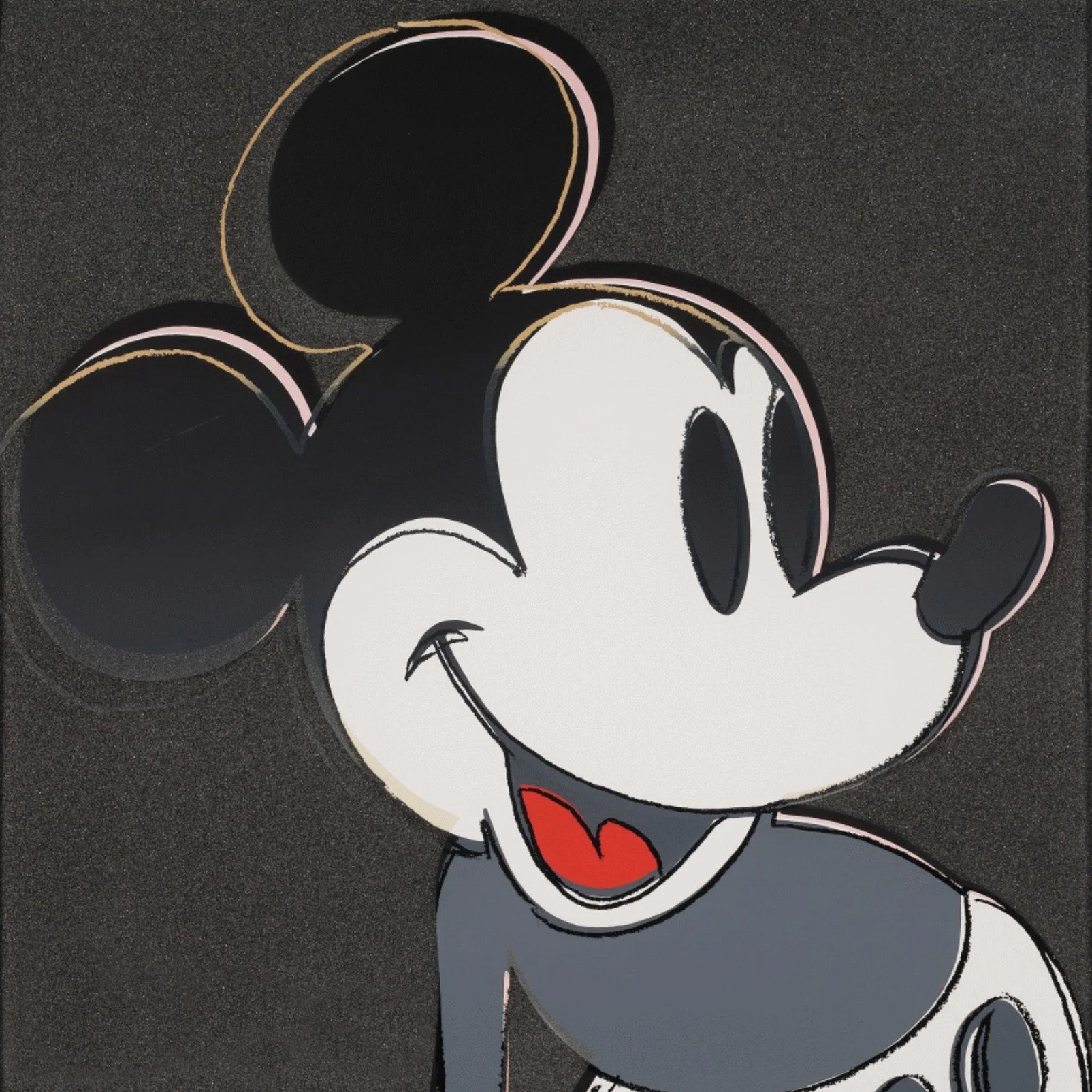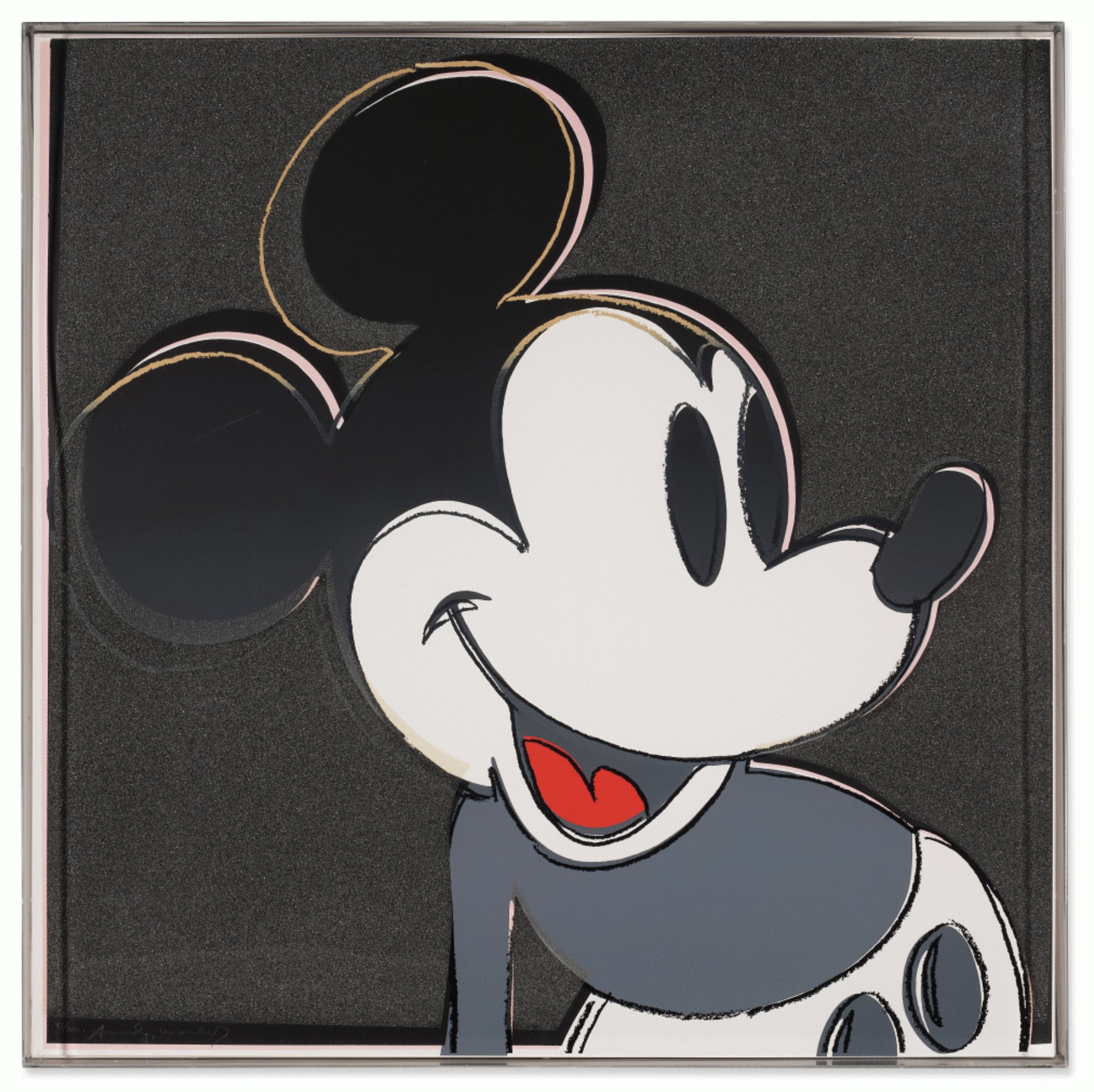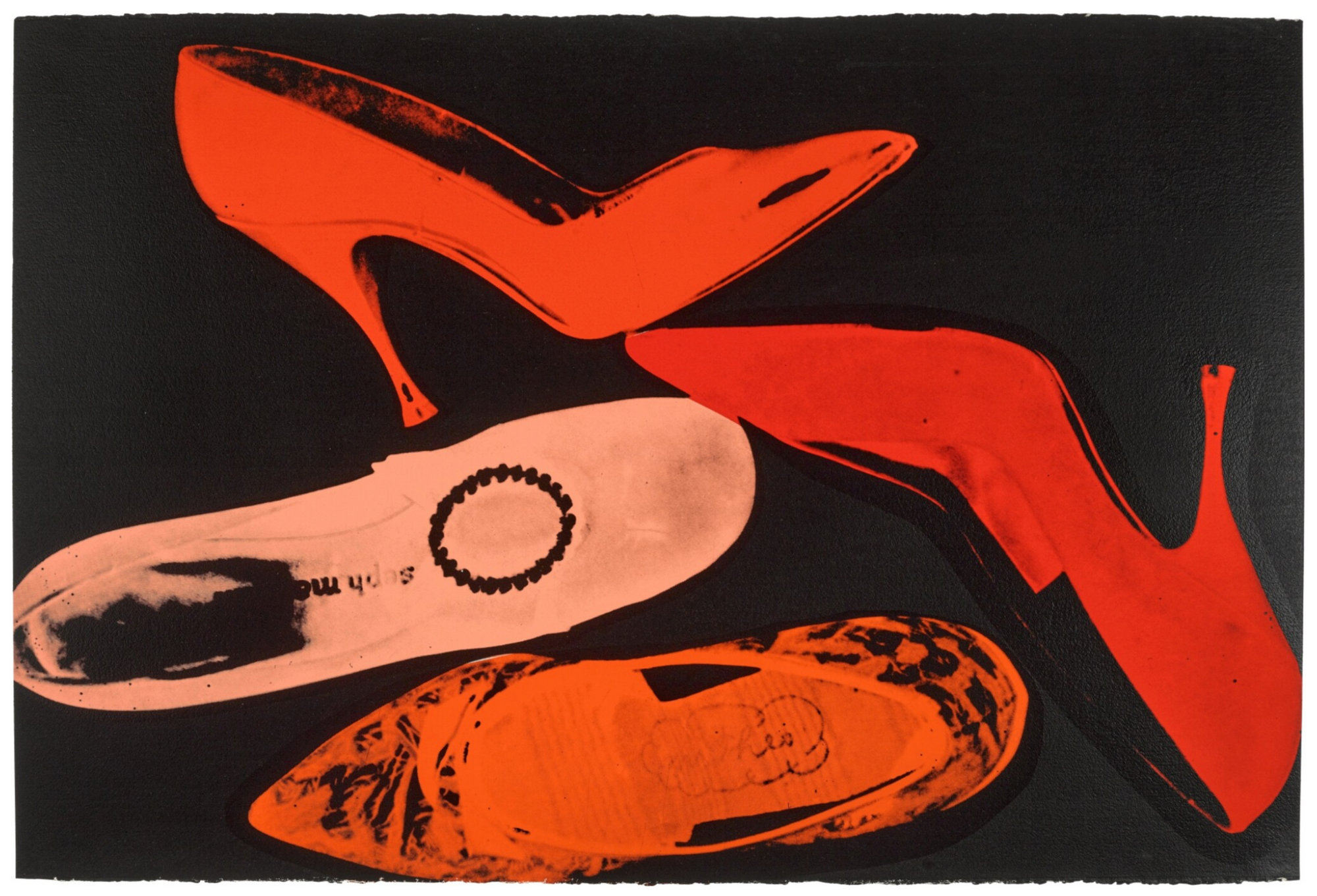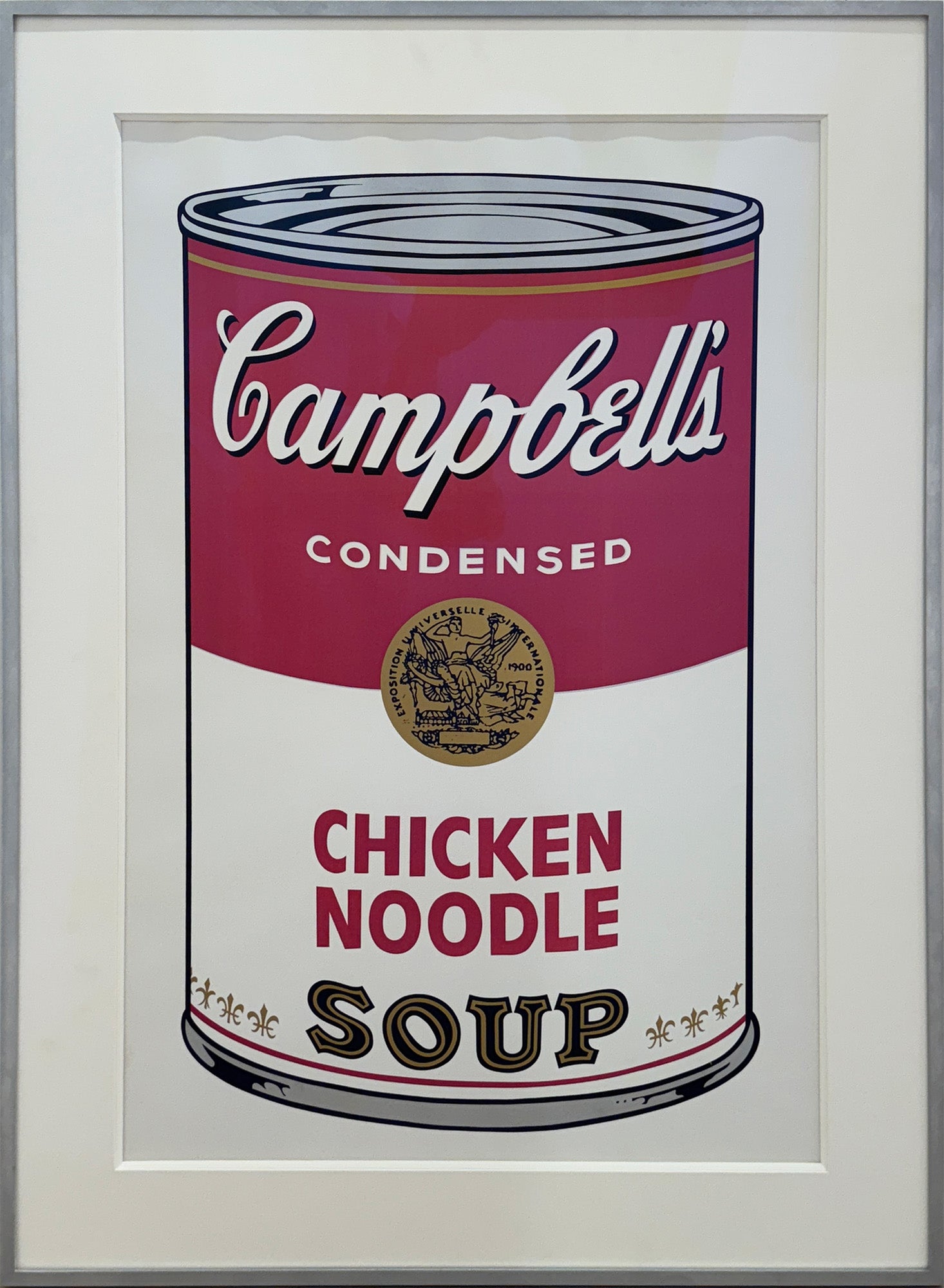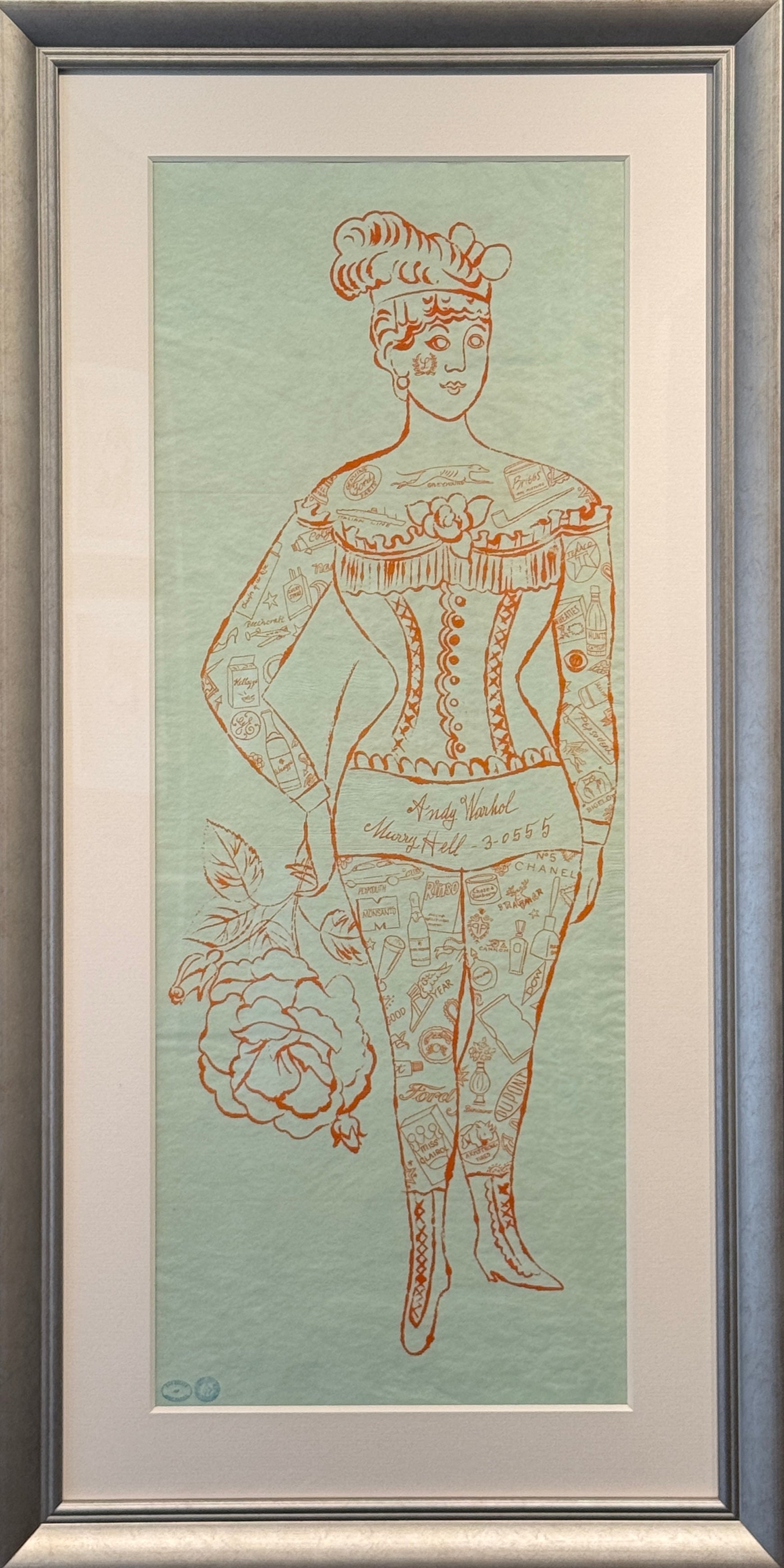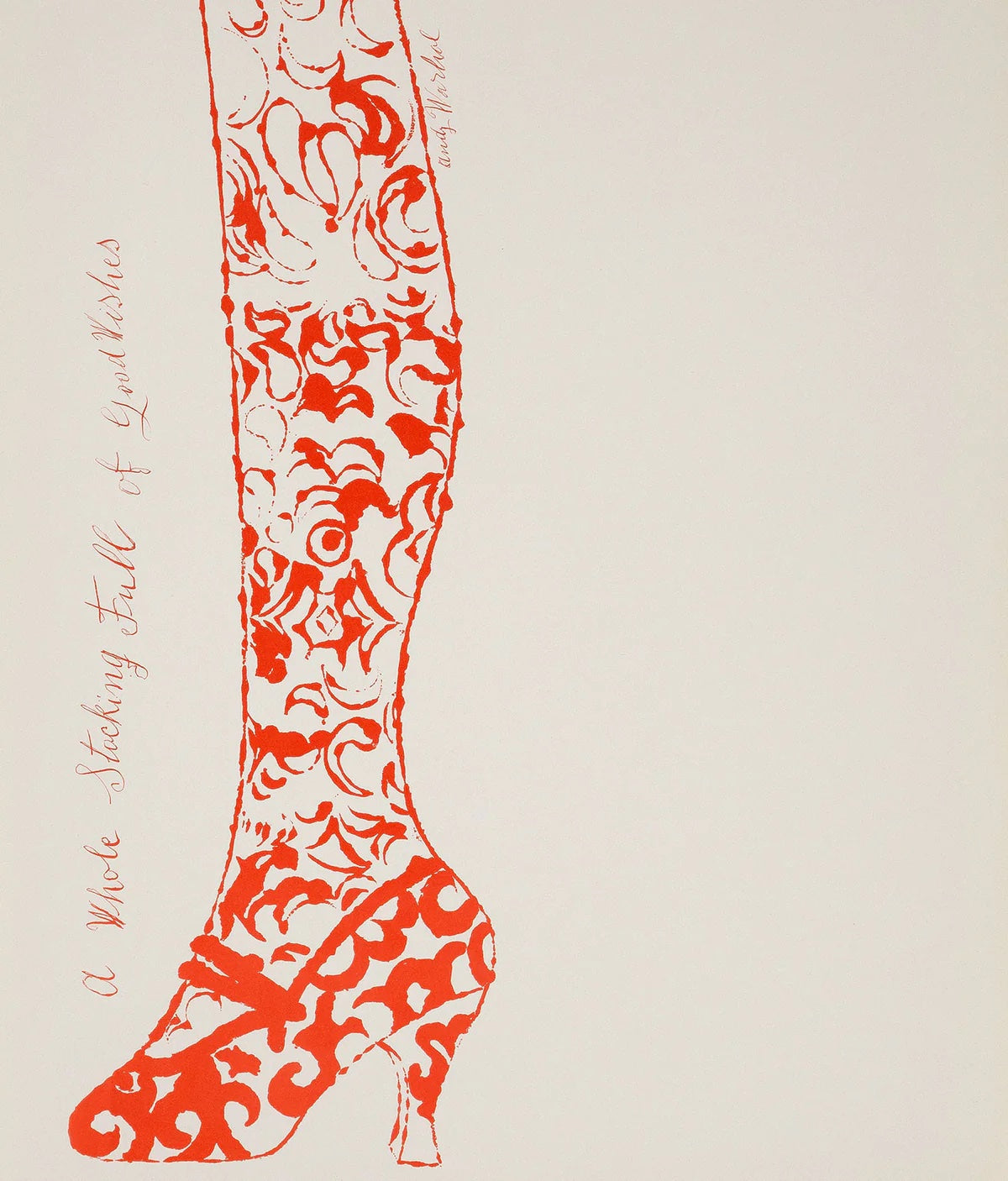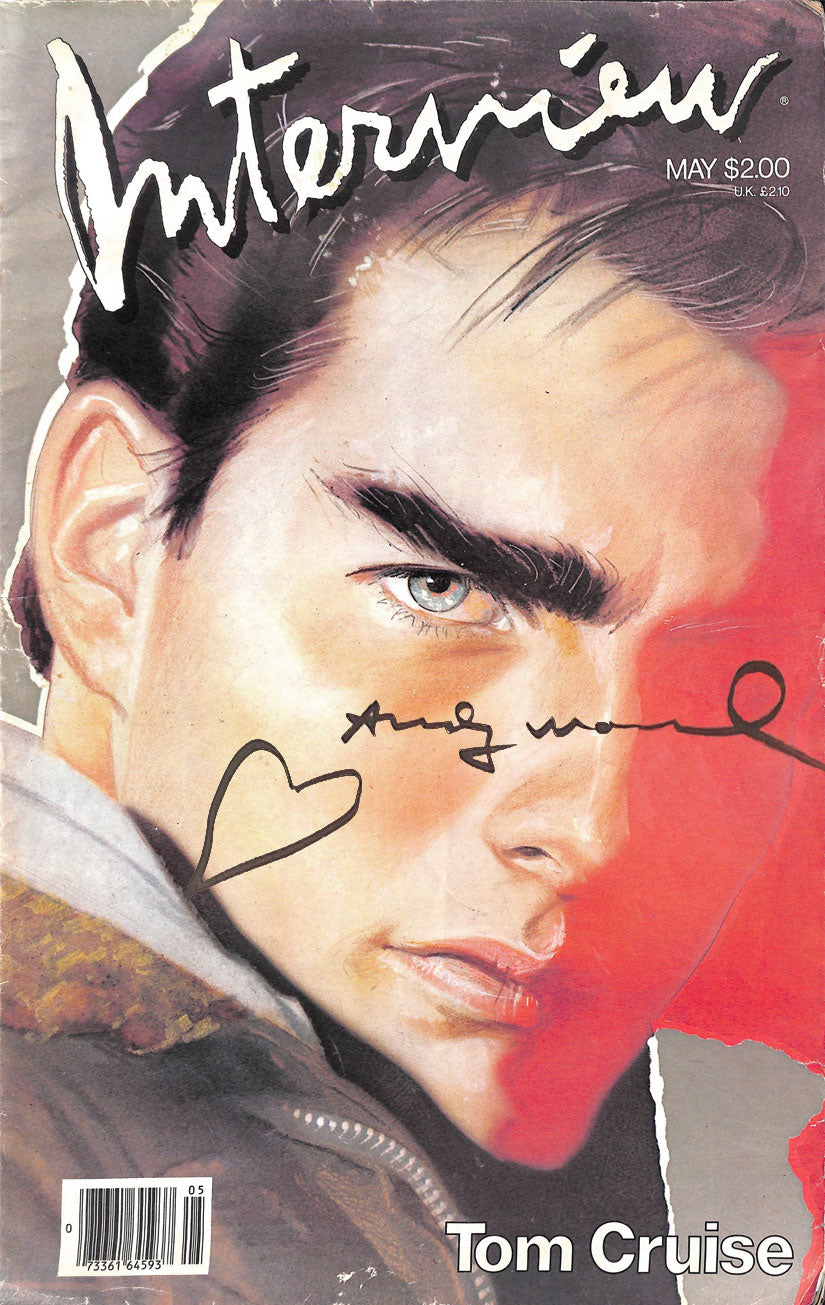Andy Warhol (1928–1987) was an American artist, filmmaker, and cultural icon best known for pioneering Pop Art with his bold, mass-produced imagery of consumer goods (Campbell’s Soup Cans) and celebrities (Marilyn Diptych). Through The Factory, his New York studio, he blended fine art with commercial aesthetics, influencing music, fashion, and film while redefining the relationship between art and popular culture. His belief that “everyone will be famous for 15 minutes” remains a defining commentary on modern celebrity and media culture.
-
Early Life and Education (1928–1949)
Andy Warhol was born Andrew Warhola on August 6, 1928, in Pittsburgh, Pennsylvania, to Slovakian immigrant parents, Ondrej and Julia Warhola. Raised in a working-class neighborhood, Warhol showed an early interest in art, influenced by his mother’s decorative drawings and his love for comic books, magazines, and Hollywood films.
At age eight, he contracted Sydenham’s chorea, a neurological disorder that caused involuntary movements and kept him bedridden for months. During this time, he developed a deep attachment to popular culture and began drawing obsessively, an experience that shaped his future artistic style.
Warhol attended Schenley High School and, after graduating in 1945, enrolled at the Carnegie Institute of Technology (now Carnegie Mellon University), where he studied commercial art and design. He experimented with various media, including printmaking and illustration, and graduated in 1949 with a degree in Pictorial Design.
Early Career in Commercial Art (1949–1959)
In 1949, Warhol moved to New York City, where he shortened his last name to Warhol and quickly found success as a commercial illustrator for magazines such as Vogue, Harper’s Bazaar, and The New Yorker. His signature blotted line technique, combining drawing with printmaking, became highly sought after in the fashion and advertising industries.
During the 1950s, Warhol also designed album covers, promotional materials, and window displays for high-end department stores like Bonwit Teller and Tiffany & Co.. His first solo exhibition, Fifteen Drawings Based on the Writings of Truman Capote (1952), hinted at his fascination with celebrity culture.
By the late 1950s, Warhol’s artistic ambitions extended beyond commercial art, and he began exploring fine art, inspired by the growing Pop Art movement.
The Birth of Pop Art (1960–1964)
Warhol’s breakthrough came in 1961, when he started painting consumer products like Coca-Cola bottles and Campbell’s Soup Cans. These works challenged traditional artistic values by celebrating mass production and everyday objects.
In 1962, he exhibited Campbell’s Soup Cans at the Ferus Gallery in Los Angeles, shocking the art world and establishing him as a leading figure of Pop Art. His obsession with celebrity culture led him to create iconic silkscreen portraits of Marilyn Monroe (Marilyn Diptych, 1962), Elvis Presley, and Elizabeth Taylor.
That same year, Warhol began using silkscreen printing, a technique that allowed him to mass-produce images with variations in color and composition. This process blurred the line between commercial art and fine art, reinforcing his belief that art should be accessible to everyone.
The Factory Era and Multimedia Experiments (1964–1968)
In 1964, Warhol opened The Factory, his famous New York studio, where he produced artwork with the help of assistants. The Factory became a hub for avant-garde creativity, attracting artists, musicians, models, and celebrities, including Edie Sedgwick, Lou Reed, and Mick Jagger.
During this period, Warhol expanded his artistic repertoire to include film and performance art. He directed more than 60 films, including:Empire (1964) – An eight-hour static shot of the Empire State Building.
Chelsea Girls (1966) – A voyeuristic look at Factory regulars, which became an underground classic.
Screen Tests – A series of silent black-and-white portraits of visitors to The Factory.
Warhol also ventured into music production, managing The Velvet Underground, whose 1967 album The Velvet Underground & Nico featured his now-iconic banana cover.
The 1968 Assassination Attempt and New Direction (1968–1970s)
On June 3, 1968, radical feminist and Factory associate Valerie Solanas shot Warhol in his studio. The attack nearly killed him, leading to a prolonged recovery that left him physically and emotionally scarred.
After the shooting, Warhol withdrew from the chaotic Factory scene and shifted his focus towards business and commissioned portraits. He founded Interview Magazine, which celebrated celebrity culture, and worked extensively on society portraits for wealthy patrons, including Mick Jagger, Liza Minnelli, and John Lennon.
During the 1970s, Warhol continued exploring different media, creating the "Oxidation" series (urine-on-canvas works) and returning to painting with works like Skull (1976) and Shadows (1978).
The 1980s and Final Years (1980–1987)
In the 1980s, Warhol collaborated with younger artists like Jean-Michel Basquiat, Keith Haring, and Francesco Clemente, bridging the gap between Pop Art and the Neo-Expressionist movement.His late works included:
The Reigning Queens series (1985) – Portraits of Queen Elizabeth II and other monarchs.
Camouflage series (1986) – Abstract patterns inspired by military camouflage.
The Last Supper series (1986) – A reinterpretation of Leonardo da Vinci’s masterpiece.
Despite maintaining a high profile, Warhol's health declined due to complications from his 1968 gunshot wounds. On February 22, 1987, he died unexpectedly from cardiac arrhythmia following gallbladder surgery at the age of 58.
Legacy and Impact
Warhol transformed modern art by blurring the lines between high and low culture, commercialism, and fine art. His influence extends beyond painting to film, music, fashion, and celebrity culture.
The Andy Warhol Museum in Pittsburgh, founded in 1994, houses the largest collection of his work. His art remains some of the most valuable and sought-after, with Silver Car Crash (Double Disaster) (1963) selling for $105.4 million in 2013.
Warhol’s vision—that art is everywhere, and everyone can be famous for 15 minutes—continues to shape contemporary culture, making him one of the most influential artists of the 20th century.

